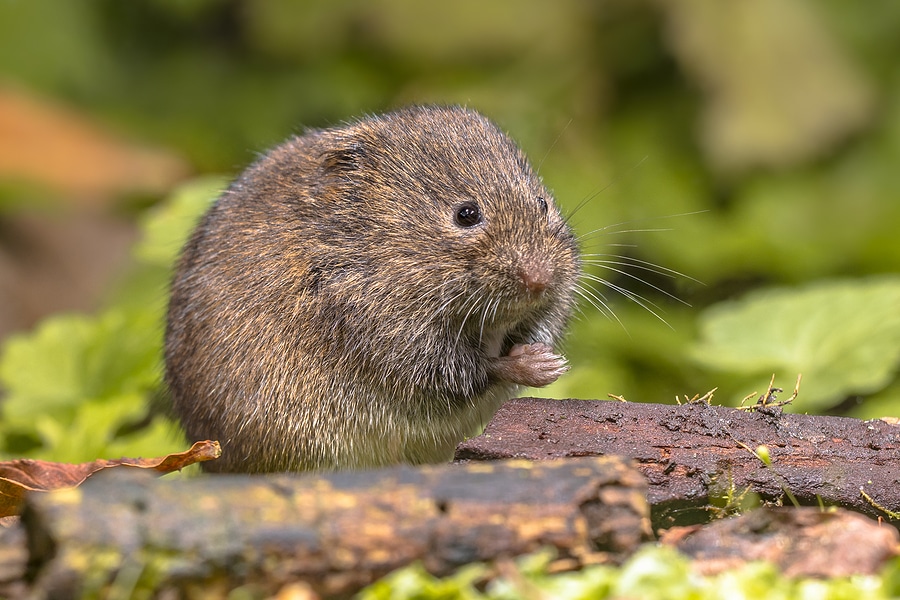Shield Your Yard: Proven Vole Control Methods Revealed!
The Ultimate Handbook for Vole Bug Control: Professional Tips on Invasion Monitoring and Therapy
Within the realm of bug control, vole problems present an unique challenge that requires a strategic technique. These small rodents, usually perplexed with mice, can ruin yards, lawns, and even architectural integrity. The Ultimate Handbook for Vole Parasite Control provides an extensive overview on recognizing these elusive animals, carrying out prevention techniques, and using effective capturing techniques. vole yard damage. As we dive into the elaborate globe of handling vole invasions, a riches of specialist pointers and therapy choices awaits those seeking to recover their spaces from these consistent insects.
Recognizing Vole Infestations
When assessing for vole problems, keen observation of certain indications such as runways and tunnel systems is crucial for exact identification. Furthermore, vole burrow systems are one more key indicator of problem.

Prevention Methods for Voles
Reliable prevention methods for vole problems involve carrying out proactive actions to discourage these little rodents from triggering damages to outside rooms. In addition, frequently keeping and mowing the yard lawn cut short can discourage voles from establishing nests.

Moreover, keeping a well-kept garden with correct spacing between plants can help in reducing vole-friendly environments. Prevent overwatering your grass or garden beds, as voles are attracted to damp environments. By executing these prevention techniques, you can efficiently hinder voles and guard your outdoor spaces from problems.
Reliable Catching Methods
Implementing critical trapping techniques is important in properly taking care of vole populaces and minimizing damages to outside areas. These catches should be checked frequently and reset as needed to make sure continual vole control. By utilizing a mix of breeze catches and live catches tactically, home owners can efficiently lower vole populations and secure their exterior spaces from further damages.
Natural and Chemical Treatment Options
To efficiently take care of vole populaces and mitigate damage in exterior atmospheres, discovering natural and chemical therapy alternatives is important. Natural therapies supply eco-friendly services that can assist manage vole infestations without causing harm to various other wildlife or plants. Growing vole-resistant greenery like daffodils, fritillaries, or crown imperials can prevent voles from attacking backyards or gardens. Furthermore, developing barriers with products such as crushed rock or cord mesh can restrict vole access to susceptible areas.
Rodenticides having zinc phosphide or anticoagulants like bromadiolone can be tactically put in vole paths or tunnel entryways. By incorporating all-natural and chemical treatment choices sensibly, vole problems can be taken care of efficiently while decreasing ecological influence.
Maintaining a Vole-Free Atmosphere
.2403200956550.jpg)
Applying natural vole repellents like castor oil-based products or predator pee can also help in deterring voles from attacking your home. These repellents function by producing a negative environment for voles, encouraging them to seek sanctuary elsewhere. By including these preventative measures and preserving a cautious approach to vole control, you can create Web Site a vole-free environment that prevents problems and advertises long-lasting parasite management success.
Verdict
To conclude, successful vole pest control requires a mix of recognizing invasions, applying prevention strategies, using effective trapping techniques, and taking into consideration chemical or natural therapy alternatives. By preserving a vole-free atmosphere through these approaches, browse around these guys property owners can effectively take care of and minimize vole populations on their residential property - vole pest control. It is important to continually keep an eye on for indicators of problem and take aggressive steps to avoid future vole problems
By properly determining vole infestations early on, appropriate parasite control measures can be carried out immediately to reduce prospective damages to lawns, yards, and plants.
Having actually established strategies to attend to vole invasions with natural and chemical therapies, the emphasis now shifts to preserving a vole-free environment for long-lasting parasite control.Applying all-natural vole repellents like castor oil-based products or killer pee can additionally aid in hindering voles from invading your home. By including these precautionary procedures and maintaining a cautious technique to vole control, you can create a vole-free atmosphere that dissuades invasions and advertises long-lasting parasite administration success.
In verdict, successful vole parasite control needs a mix of determining invasions, applying avoidance approaches, making use of reliable trapping methods, and thinking about chemical or all-natural therapy alternatives.